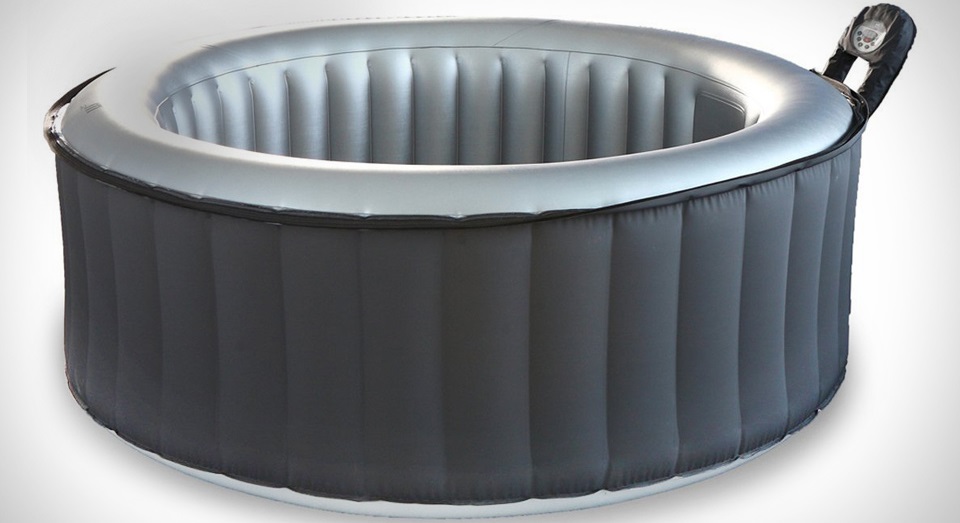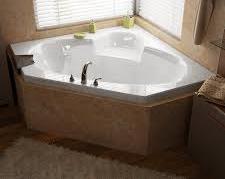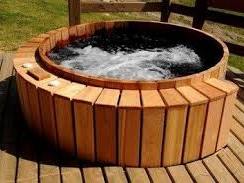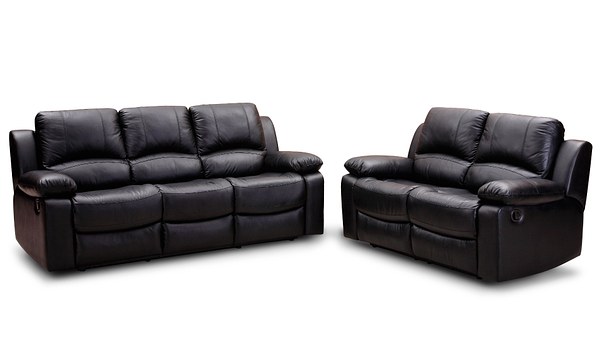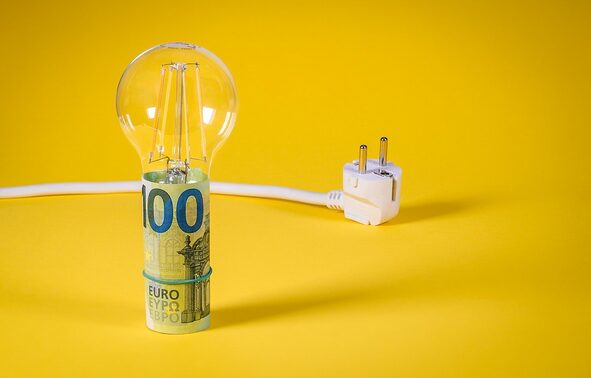
Are you tired of high energy bills? Do you want to do your part for the environment without sacrificing comfort in your home? Making your living space more energy-efficient is not just a trend; it’s a smart choice for both your wallet and the planet. With simple steps and some strategic upgrades, you can create an inviting atmosphere while cutting down on costs. Dive into this guide and discover how small changes can lead to big savings, all while contributing to a sustainable future. Let’s explore practical tips that will help transform your home into an energy-saving haven!
The Cost and Savings of Making Your Home More Energy-Efficient
Investing in energy efficiency often pays off quicker than you might think. While initial costs can vary, many upgrades lead to immediate savings on utility bills. For instance, switching out old light bulbs for LED options requires a small upfront investment but significantly reduces electricity consumption. Over time, this change can save you hundreds of dollars. Large-scale improvements like installing better insulation or replacing windows may feel daunting due to their price tags. However, these enhancements typically offer substantial long-term returns through reduced heating and cooling expenses.
Government Incentives and Programs for Energy-Efficiency
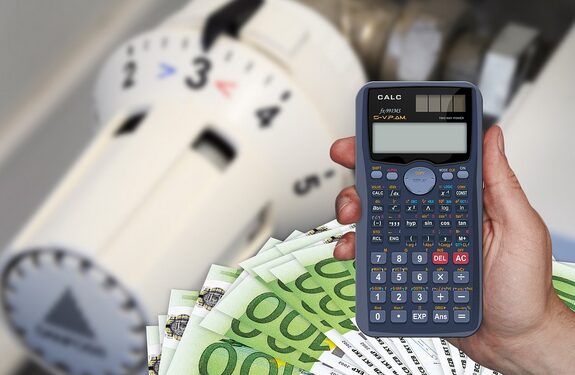
Government incentives for energy efficiency can significantly lighten your financial load. Various programs provide rebates, tax credits, and even grants to encourage homeowners to go green. Federal initiatives like the Energy Efficient Home Credit offer substantial benefits when you make qualified improvements. Local governments often have their own offerings, tailored to community needs. Energy audits funded by state programs are an excellent way to identify where savings can be made. Many utility companies partner with local agencies to promote energy-saving upgrades.
The Importance of Energy Efficiency
Energy efficiency plays a crucial role in our daily lives. It not only impacts the environment but also affects our wallets. By using energy more wisely, we can reduce waste and lower utility bills. Living in an energy-efficient home contributes to a healthier planet. Less energy consumption means fewer fossil fuels burned and reduced greenhouse gas emissions. This small change has a significant ripple effect on climate change. Moreover, homes designed with energy efficiency in mind often have increased resale value. Potential buyers are drawn to properties that promise long-term savings and sustainability.
Assessing Your Home’s Current Energy Usage
Understanding your home’s energy usage is the first step towards improvement. Start by reviewing your utility bills from the past year. Look for trends in monthly consumption and identify peak usage periods. Next, consider conducting an energy audit. Many companies offer this service, assessing how much energy you consume and where it’s wasted. You can also perform a DIY audit by checking windows, doors, insulation, and appliances for inefficiencies. Take note of which rooms are colder or hotter than others they may indicate drafts or poor insulation. Don’t forget to examine major appliances. Older models typically use more energy than newer ones designed with efficiency in mind.
Utilizing Renewable Energy Sources

Harnessing renewable energy sources can transform your home into a more sustainable space. Solar panels are the most commonly adopted option. They capture sunlight and convert it into electricity, significantly reducing your reliance on grid power. Wind turbines are another effective solution, especially for homes in windy areas. A small-scale turbine can generate enough energy to complement your needs while lowering utility bills. Geothermal systems offer an innovative approach by utilizing the earth’s constant temperature for heating and cooling. This technology is efficient and minimizes environmental impact.
Simple Changes to Make for Energy Savings
Small adjustments can lead to significant energy savings at home. Start by switching out incandescent bulbs for LED lights. They use up to 80% less energy and last much longer. Consider using a programmable thermostat. This allows you to set the temperature according to your schedule, reducing heating and cooling when you’re not home. Seal windows and doors with weather stripping or caulk. This prevents drafts, keeping your living space comfortable without overworking your HVAC system.
Making your home more energy-efficient is not just an eco-friendly choice; it’s a smart financial decision. The initial costs of upgrades can be offset by significant savings on utility bills over time. With various government incentives available, you might find that improving your home’s efficiency is more affordable than you think. Understanding the importance of energy efficiency goes beyond saving money. It plays a vital role in reducing our carbon footprint and contributing to environmental sustainability. By assessing your current energy usage, you can identify areas for improvement and take actionable steps towards creating a greener living space.




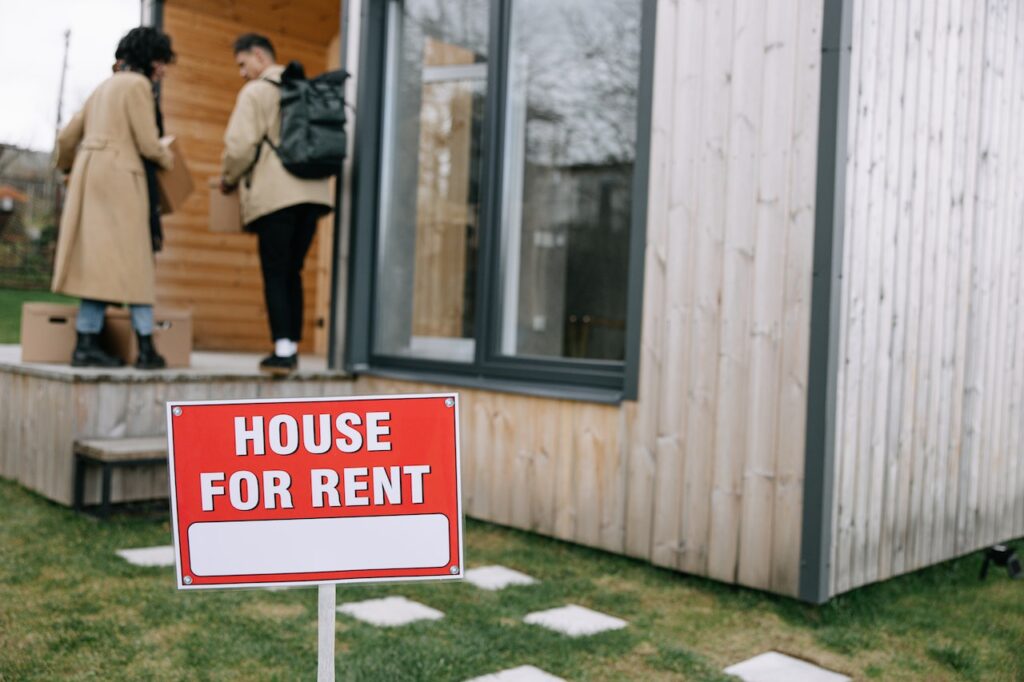



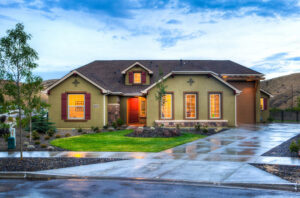 One of the best ways to add curb appeal is to create perfect symmetry. It can be done by adding identical plants on either side of your front door or path or hanging two identical lanterns. Creating symmetry will help to create a sense of balance and order, making your home more appealing. That said, you can also install a water feature like a fountain in your front yard to add more visual interest. Making use of a geometrical pattern can also do the job. Just be sure to embrace your creativity.
One of the best ways to add curb appeal is to create perfect symmetry. It can be done by adding identical plants on either side of your front door or path or hanging two identical lanterns. Creating symmetry will help to create a sense of balance and order, making your home more appealing. That said, you can also install a water feature like a fountain in your front yard to add more visual interest. Making use of a geometrical pattern can also do the job. Just be sure to embrace your creativity.
 The walkway is one of the first things people will see when they visit your home, so it’s essential to ensure it’s in good condition. If you have an old, cracked concrete walkway, consider upgrading it with brick pavers or stone.
The walkway is one of the first things people will see when they visit your home, so it’s essential to ensure it’s in good condition. If you have an old, cracked concrete walkway, consider upgrading it with brick pavers or stone.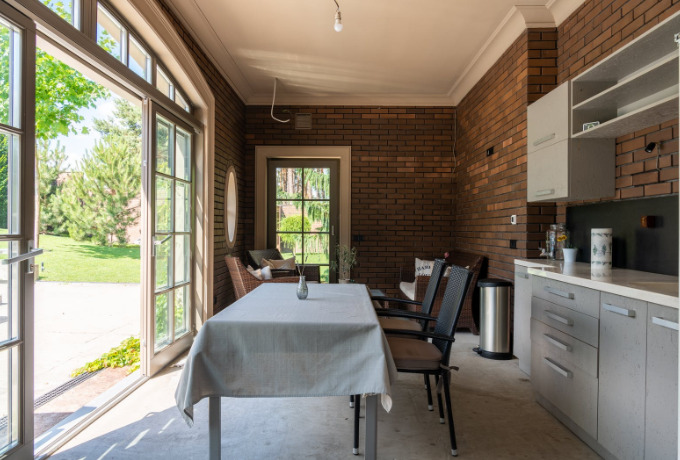
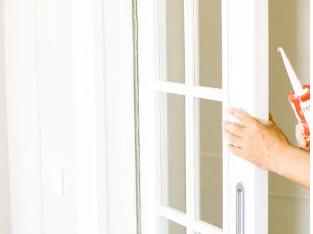 One of the main reasons you should seek professional sliding door repair is the quality of artistry. When you hire a professional, you can rest assured that they will do a great job.
One of the main reasons you should seek professional sliding door repair is the quality of artistry. When you hire a professional, you can rest assured that they will do a great job. Another reason to seek professional sliding door repair is that most companies offer warranties. If something goes wrong with the repairs, you can get the door replaced or fixed for free.
Another reason to seek professional sliding door repair is that most companies offer warranties. If something goes wrong with the repairs, you can get the door replaced or fixed for free.
 One of the best ways to find an excellent domestic staffing agency is by asking around. Talk to your friends, family, and colleagues who have used such services in the past.
One of the best ways to find an excellent domestic staffing agency is by asking around. Talk to your friends, family, and colleagues who have used such services in the past. When looking for a domestic staffing agency, it is crucial to consider their rates. You will want to find an agency that offers competitive rates.
When looking for a domestic staffing agency, it is crucial to consider their rates. You will want to find an agency that offers competitive rates.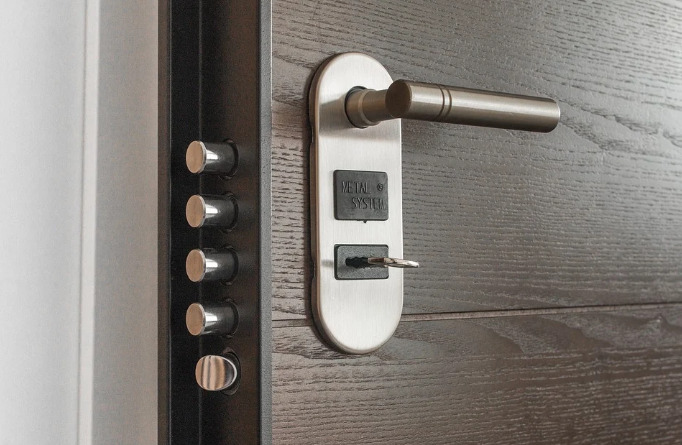
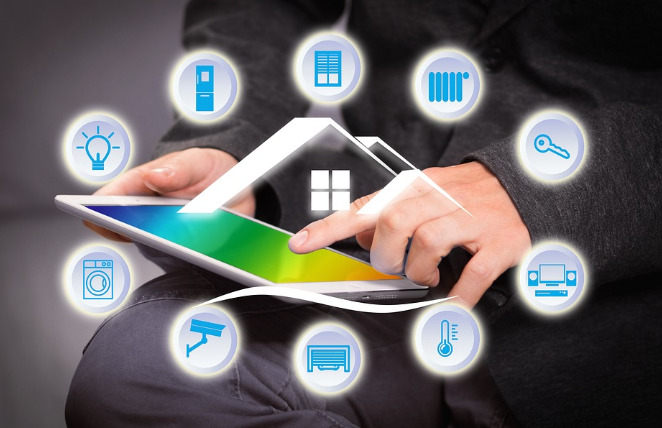 The next step in choosing the best home security system for your needs is to select the right components. The components you need will depend on the purpose of the security system.
The next step in choosing the best home security system for your needs is to select the right components. The components you need will depend on the purpose of the security system.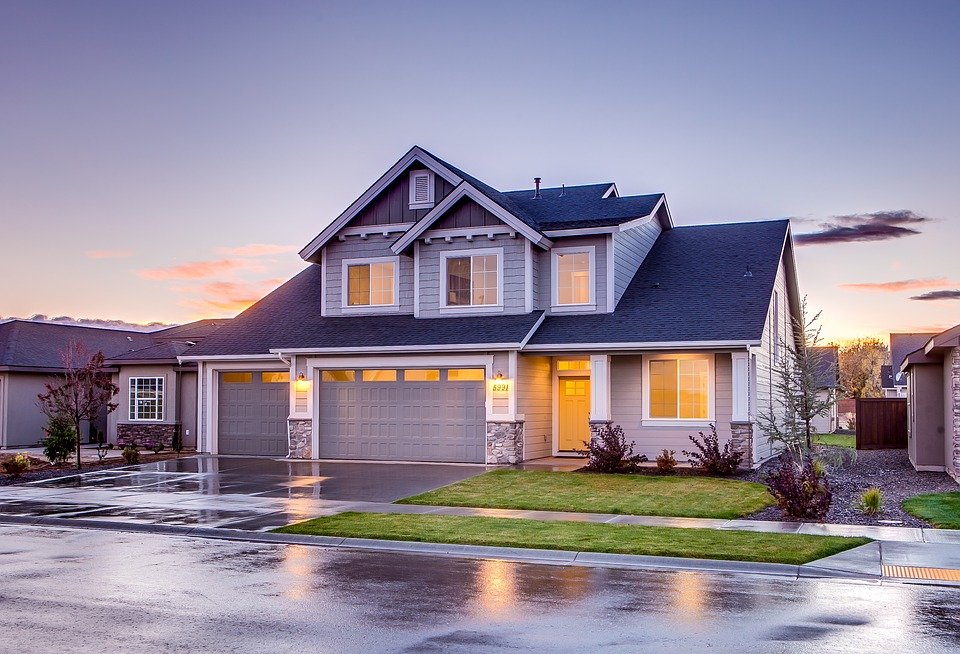


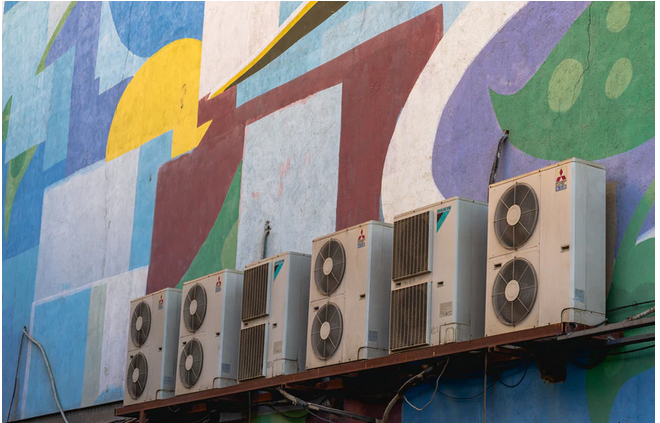
 While you could place the AC units almost at any place, it would be best to choose the right location because it significantly affects energy efficiency. It would be best to locate it in a shady area to ensure it does not have to work more to produce the required cooling effect.
While you could place the AC units almost at any place, it would be best to choose the right location because it significantly affects energy efficiency. It would be best to locate it in a shady area to ensure it does not have to work more to produce the required cooling effect.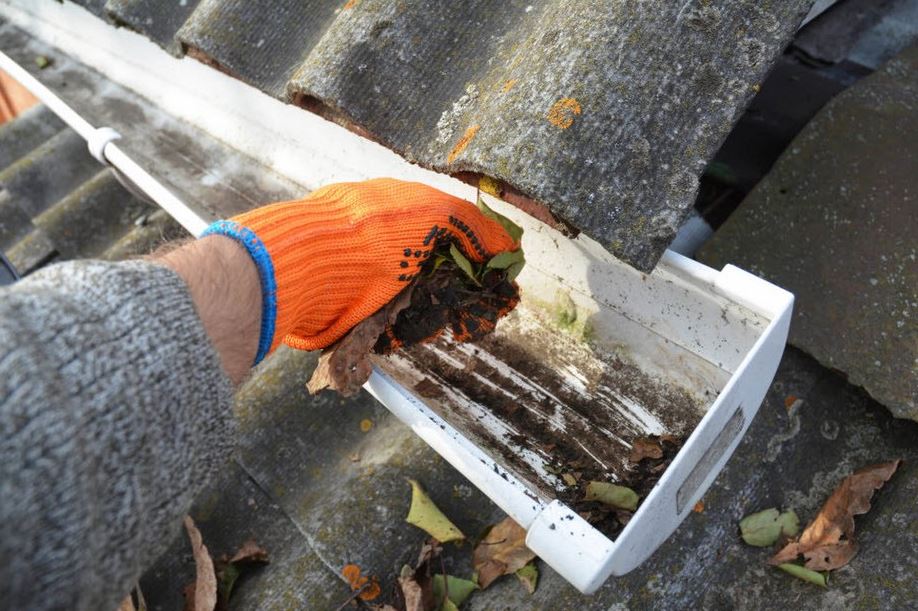
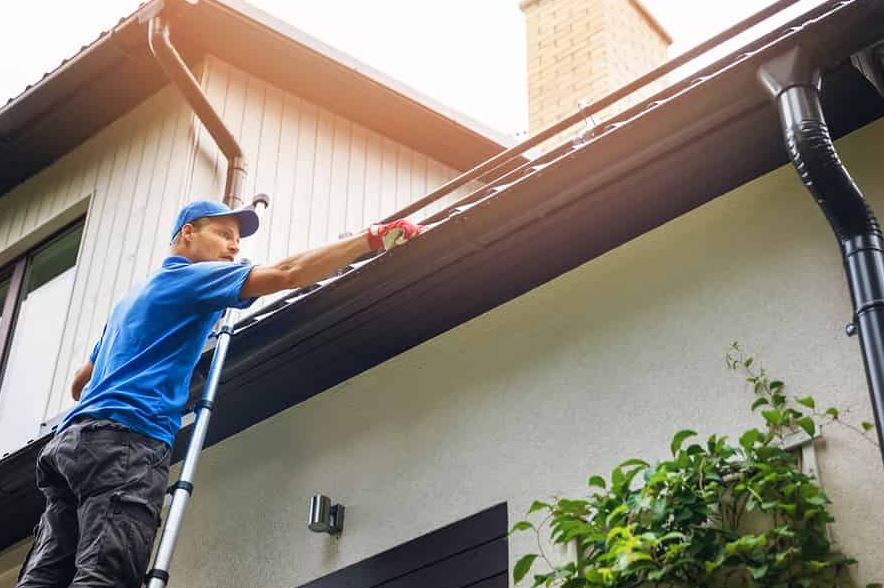

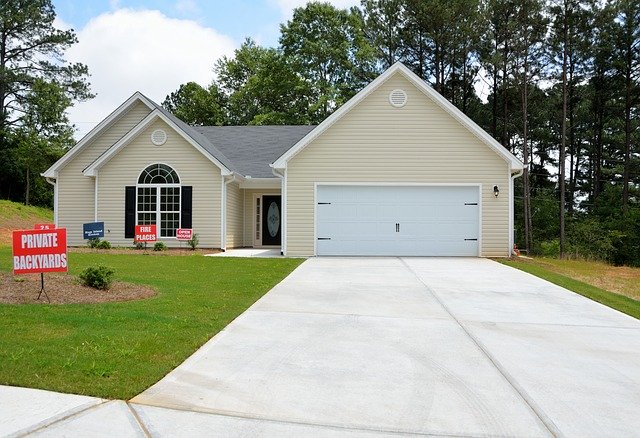 Let the realtor lay down his plans to lure interested parties to buy or sell a property. From there, you can select the best marketing strategy that can apply in your case. Be wary of post-and–pray kind of realtors. They are the kind of realtors that advertises property and wait for an interested individual to bump into the post. It may be successful in some cases, but you can be unlucky if no one ever comes across the post.
Let the realtor lay down his plans to lure interested parties to buy or sell a property. From there, you can select the best marketing strategy that can apply in your case. Be wary of post-and–pray kind of realtors. They are the kind of realtors that advertises property and wait for an interested individual to bump into the post. It may be successful in some cases, but you can be unlucky if no one ever comes across the post.
 Nothing beats the feeling that comes with having a warm bath in hot water. Especially during the cold months, most homeowners would welcome the opportunity to use an above pool heater for a soothing bath. However, to experience the ‘best feeling in the world,’ You will be glad to realize that many options are waiting for you. While most above ground pool heaters work just fine, this does not mean that the first option you come across deserves your attention. You need to do due diligence on your part.
Nothing beats the feeling that comes with having a warm bath in hot water. Especially during the cold months, most homeowners would welcome the opportunity to use an above pool heater for a soothing bath. However, to experience the ‘best feeling in the world,’ You will be glad to realize that many options are waiting for you. While most above ground pool heaters work just fine, this does not mean that the first option you come across deserves your attention. You need to do due diligence on your part.
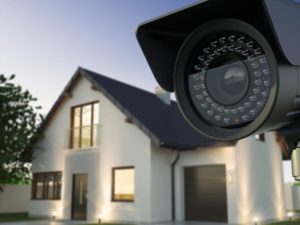 Examples include electronics, furniture, jewelry, and even money. Losing them to burglars will leave you counting losses. You can protect them by installing a good
Examples include electronics, furniture, jewelry, and even money. Losing them to burglars will leave you counting losses. You can protect them by installing a good 

 Since decks are usually raised, the stairway should be comfortable and wide enough to walk through. Your children and pets should be able to pass through the stairway without any difficulties. A proper stairway should have no gaps or spaces that can make it prone to causing accidents. On top of that, it should have stable railings that you can hold when climbing it. The deck’s footings and framing should be installed efficiently and safely with the highest standards. The wooden floor should be water resistant and given the best protective vanish to safeguard it during harsh weather conditions. Railings around your deck should be strong enough to sustain any weight especially when you are leaning on it. Children love to play with the railings, and it will not be surprising to see them on the railings. A good railing should be able to keep anyone from toppling over. Even more, excellent railings should be able to support other objects such as flower vases on them. If you want some shade, installing a pergola will protect your
Since decks are usually raised, the stairway should be comfortable and wide enough to walk through. Your children and pets should be able to pass through the stairway without any difficulties. A proper stairway should have no gaps or spaces that can make it prone to causing accidents. On top of that, it should have stable railings that you can hold when climbing it. The deck’s footings and framing should be installed efficiently and safely with the highest standards. The wooden floor should be water resistant and given the best protective vanish to safeguard it during harsh weather conditions. Railings around your deck should be strong enough to sustain any weight especially when you are leaning on it. Children love to play with the railings, and it will not be surprising to see them on the railings. A good railing should be able to keep anyone from toppling over. Even more, excellent railings should be able to support other objects such as flower vases on them. If you want some shade, installing a pergola will protect your  To protect your deck, you should eliminate anything around it that might affect it. Water will make the wood get soaked and become weak. Therefore, you need to ensure that water does not stay on your deck’s surface for too long. Also, you should constantly give protection to your deck by repainting it. If any component on your deck gets disintegrated, you should fix it immediately or call a professional if you need any resurfacing and refinishing needs. At any time, make sure that your deck looks as good as new.
To protect your deck, you should eliminate anything around it that might affect it. Water will make the wood get soaked and become weak. Therefore, you need to ensure that water does not stay on your deck’s surface for too long. Also, you should constantly give protection to your deck by repainting it. If any component on your deck gets disintegrated, you should fix it immediately or call a professional if you need any resurfacing and refinishing needs. At any time, make sure that your deck looks as good as new.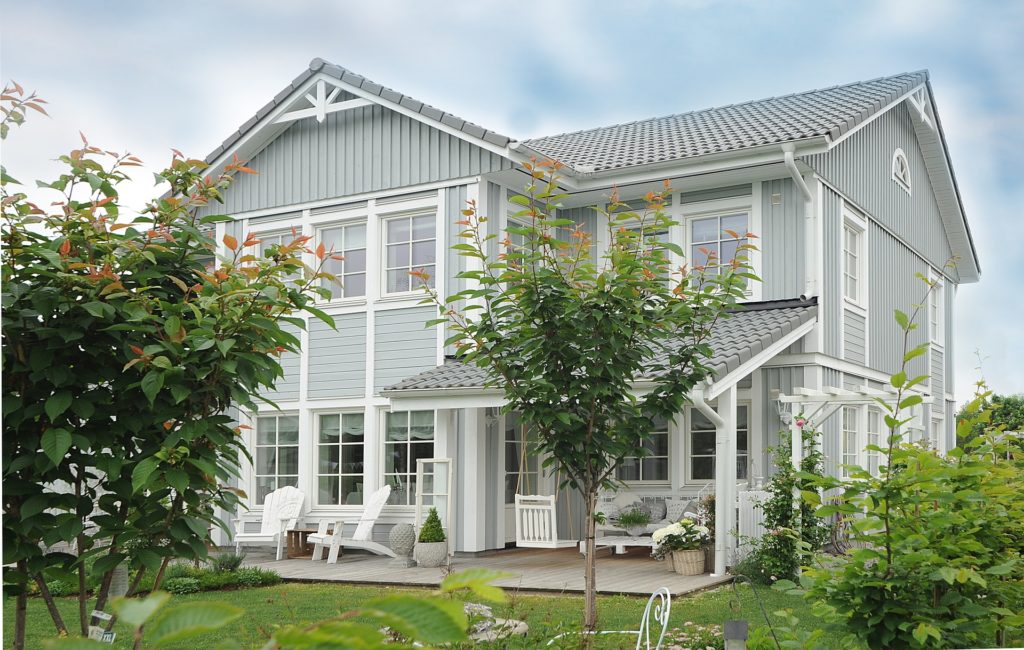


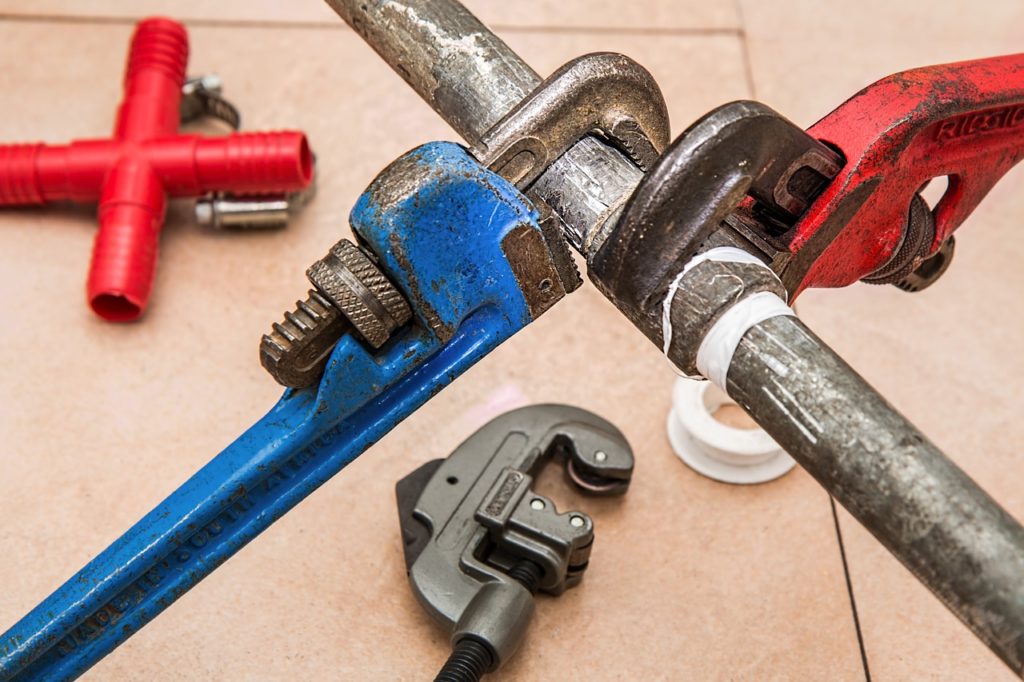
 The first thing that you can do is to browse the internet, but it’s easier said than done as there’s a lot of selections that will pop up as soon as you type plumbing service. A tip from us is to see if the site has legit reviews and comment sections regarding their service, if they don’t have it, then you can suspect the quality of their service.
The first thing that you can do is to browse the internet, but it’s easier said than done as there’s a lot of selections that will pop up as soon as you type plumbing service. A tip from us is to see if the site has legit reviews and comment sections regarding their service, if they don’t have it, then you can suspect the quality of their service.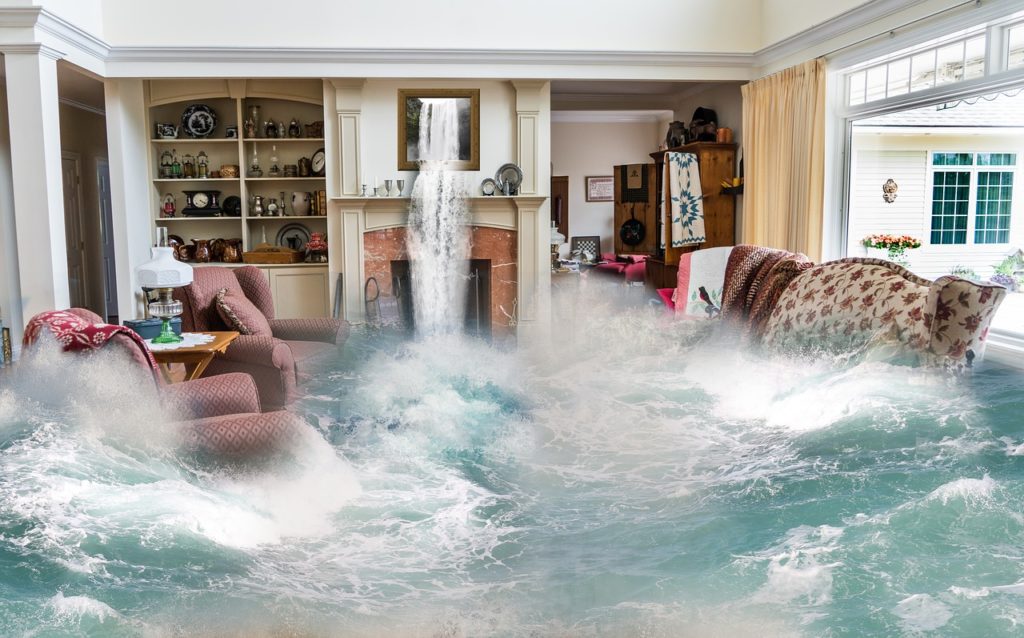 Sometimes a plumber might break the floor or flood the room, which is an unavoidable matter. When this happens, you want to know whether the company comes with an insurance or not, this way you won’t have to pull out your money to get some repairs. If they come with a guarantee, you can lean back and relax if something happens as it’ll be covered by the plumbing company.
Sometimes a plumber might break the floor or flood the room, which is an unavoidable matter. When this happens, you want to know whether the company comes with an insurance or not, this way you won’t have to pull out your money to get some repairs. If they come with a guarantee, you can lean back and relax if something happens as it’ll be covered by the plumbing company.

 There are many natural products that you can use at home for bleaching purpose. For instance, potatoes juice contains natural bleaching agent due to the high levels of vitamin C in it. Lemon is another natural bleaching agent that you can use. Like the potato, lemon contains high levels of vitamin C. vitamin C is the vitamin responsible for bleaching the human skin. Moreover, Use Aloe Vera together with any home bleaching agent to smoothen the skin.
There are many natural products that you can use at home for bleaching purpose. For instance, potatoes juice contains natural bleaching agent due to the high levels of vitamin C in it. Lemon is another natural bleaching agent that you can use. Like the potato, lemon contains high levels of vitamin C. vitamin C is the vitamin responsible for bleaching the human skin. Moreover, Use Aloe Vera together with any home bleaching agent to smoothen the skin.
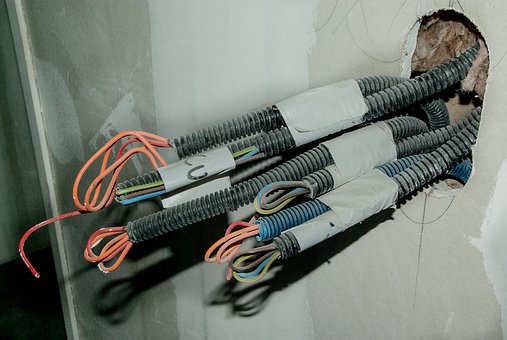 In one time or the other, a home will need an electrician’s services. They are experienced and qualified experts who can deal with any electrical repair services a home needs. So, whether it’s an electrical fault, a new extension cable, or any other electrical service that you need, be sure to call your home repair company to send an electrician.
In one time or the other, a home will need an electrician’s services. They are experienced and qualified experts who can deal with any electrical repair services a home needs. So, whether it’s an electrical fault, a new extension cable, or any other electrical service that you need, be sure to call your home repair company to send an electrician.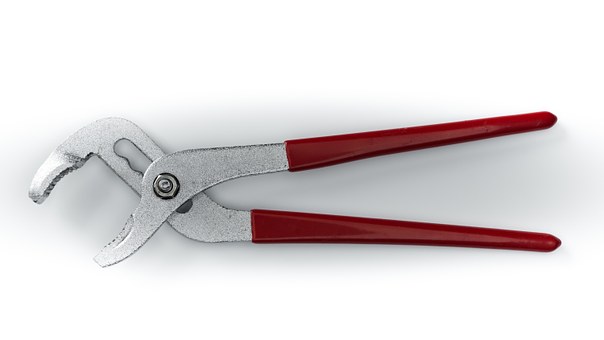 Most homes have used concrete or wood to make patios, driveways or compound at large. Sometimes they crack, sink, or the timber may rot due to water. Getting such services from a general repair service company is simple. A good one will respond quickly to your needs since some are sensitive.
Most homes have used concrete or wood to make patios, driveways or compound at large. Sometimes they crack, sink, or the timber may rot due to water. Getting such services from a general repair service company is simple. A good one will respond quickly to your needs since some are sensitive.
 Here are some best tips that you should follow that will be helpful in getting you the best when it comes to moving.
Here are some best tips that you should follow that will be helpful in getting you the best when it comes to moving. Get everything in writing that will involve the move. The services you are going to get, the fee, and the charges that you will accept after damage. Make sure that every detail that is involved in the move you get it in writing and don’t sign a document that does not include all the services.
Get everything in writing that will involve the move. The services you are going to get, the fee, and the charges that you will accept after damage. Make sure that every detail that is involved in the move you get it in writing and don’t sign a document that does not include all the services.
 First of all attending a music tour with your family members brings a sense of reunion and reconnection within the family members. Having fun by singing and dancing together at the event alone means a lot to every member of the family. Making an effort of buying a ticket and attending a music tour of your favorite artist as a family is a positive and communal act of getting connected to other people from different places. This improves your social lives and makes everyone to feel better by getting connected to people from other trades.
First of all attending a music tour with your family members brings a sense of reunion and reconnection within the family members. Having fun by singing and dancing together at the event alone means a lot to every member of the family. Making an effort of buying a ticket and attending a music tour of your favorite artist as a family is a positive and communal act of getting connected to other people from different places. This improves your social lives and makes everyone to feel better by getting connected to people from other trades. Everyone can boost his or her spirits and moods at the event. Music tours are typically fun times which are used by many to break the boredom and boost one’s emotions throughout the show and after. This improves the family cohesion because after the event everyone will be talking about his or her experience, this will promote happiness in the family too. Music helps one to express his or her feelings thus a parent can know what his or her child wants in life. Check out ozzy and slash music tour for the entertainment that you need.
Everyone can boost his or her spirits and moods at the event. Music tours are typically fun times which are used by many to break the boredom and boost one’s emotions throughout the show and after. This improves the family cohesion because after the event everyone will be talking about his or her experience, this will promote happiness in the family too. Music helps one to express his or her feelings thus a parent can know what his or her child wants in life. Check out ozzy and slash music tour for the entertainment that you need.



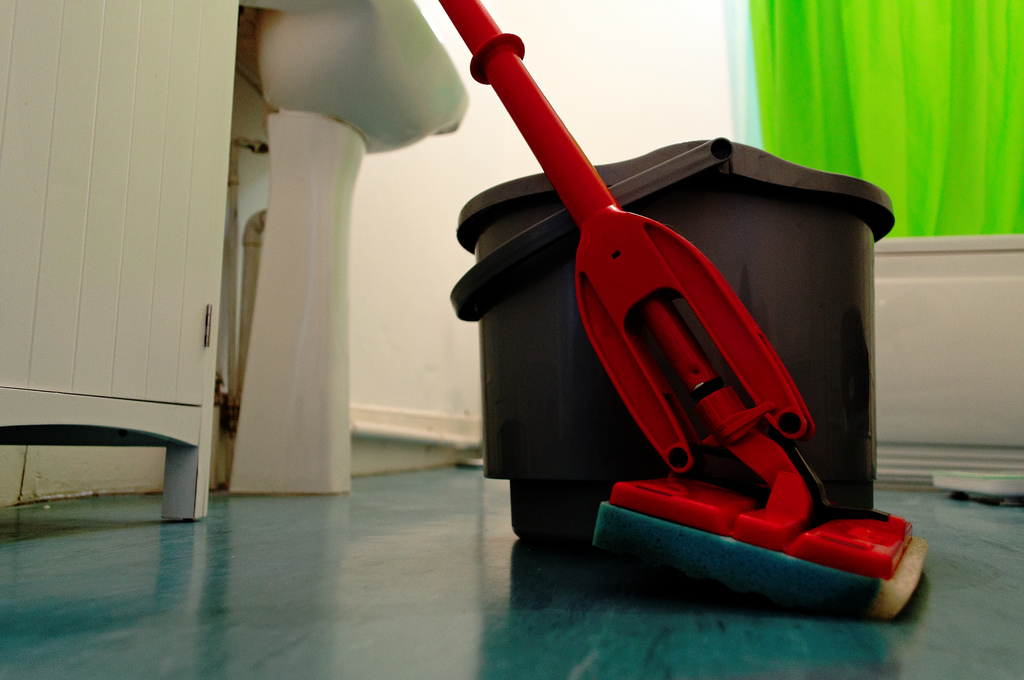 carpet
carpet Regular vacuuming is a good practice as it sanitizes your carpet. This ensures that you, your family members, and pets remain healthy. However, if you wish to have your vacuum cleaner effective for decades, do not vacuum with a full bag or drum.
Regular vacuuming is a good practice as it sanitizes your carpet. This ensures that you, your family members, and pets remain healthy. However, if you wish to have your vacuum cleaner effective for decades, do not vacuum with a full bag or drum.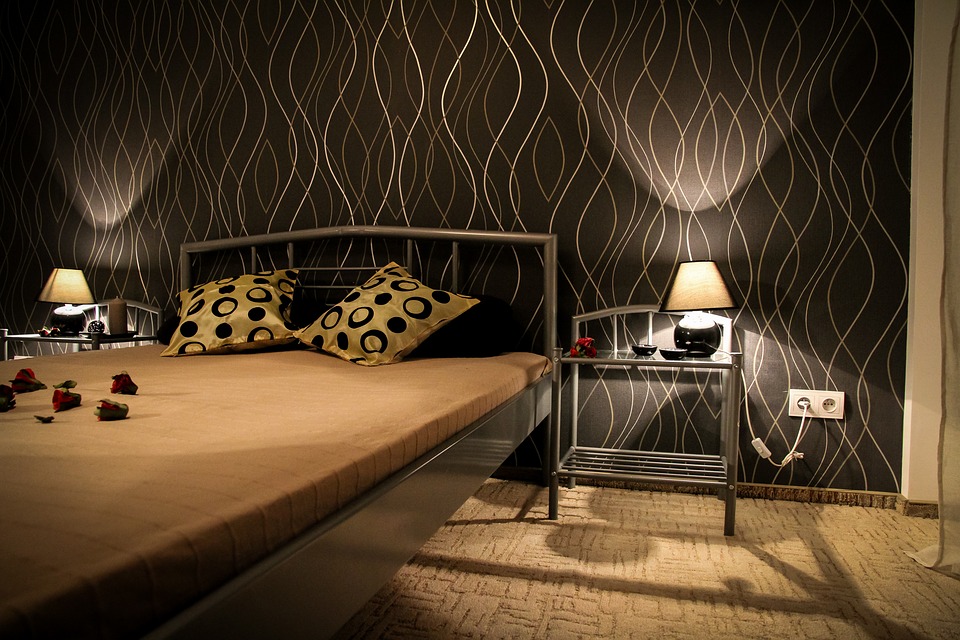
 Wild animal prints throw pillow designs are common in African hotels and resorts in game parks. One can adopt these designs to give a touch of wild at home. If you love nature and have other items to bring the theme like wild animal carvings, then this will provide the best option. These pillows are better used on garden coaches or those you use on the patio or veranda. Neat, leopard, zebra or giraffe prints can be used in the living room and the bed as well.
Wild animal prints throw pillow designs are common in African hotels and resorts in game parks. One can adopt these designs to give a touch of wild at home. If you love nature and have other items to bring the theme like wild animal carvings, then this will provide the best option. These pillows are better used on garden coaches or those you use on the patio or veranda. Neat, leopard, zebra or giraffe prints can be used in the living room and the bed as well. Most people today are going for minimalistic ideas in different aspects of life including fashion and design. Throw pillows can be an excellent idea to express your minimalist ideas. A plain color with very minimal designs may be at the corner or center is usually the common concept. The pillows can alternate in only two colors to make it looks simple and less complicated. If not sure about the minimalistic designs, let the designing expert recommend the best or choose from their collection of ready-made work.
Most people today are going for minimalistic ideas in different aspects of life including fashion and design. Throw pillows can be an excellent idea to express your minimalist ideas. A plain color with very minimal designs may be at the corner or center is usually the common concept. The pillows can alternate in only two colors to make it looks simple and less complicated. If not sure about the minimalistic designs, let the designing expert recommend the best or choose from their collection of ready-made work.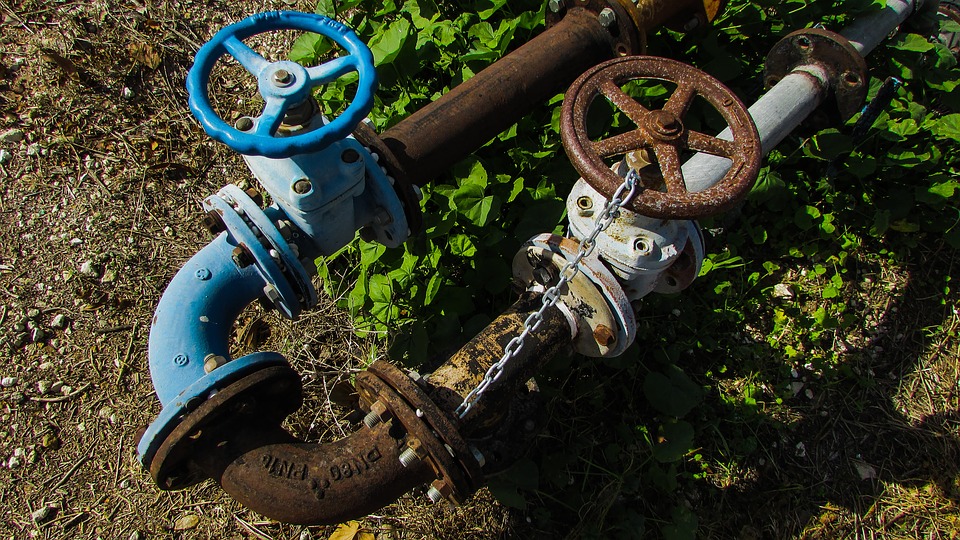

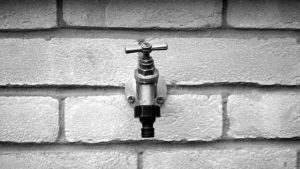


 Some companies are required to follow some health and safety standards. A specialized cleaning company will be required to be fully compliant with various health and safety bodies depending on the country. They are required to follow the policies and adhere to the acts. They, therefore, are thorough and they will keep the premises clean all through.
Some companies are required to follow some health and safety standards. A specialized cleaning company will be required to be fully compliant with various health and safety bodies depending on the country. They are required to follow the policies and adhere to the acts. They, therefore, are thorough and they will keep the premises clean all through.
 Service delivery without delay is a very important characteristic of a good tree removal company. In tree removal business nothing should be taken for granted and time is of the essence. How a company handles distress calls can make the difference between life and death. Proficient tree removal companies are swift with their services 24/7.
Service delivery without delay is a very important characteristic of a good tree removal company. In tree removal business nothing should be taken for granted and time is of the essence. How a company handles distress calls can make the difference between life and death. Proficient tree removal companies are swift with their services 24/7. Being a tree removal expert is a skill that needs immense efforts, patience, and practice to master the game. A tree removal service provider is one who has been in the industry for some years. He should be knowledgeable about the small details of how to expertly trim dangerously hanging branches to an enormous task of completely clearing a three hundred years old tree. Of course, all these can only come with years of experience.
Being a tree removal expert is a skill that needs immense efforts, patience, and practice to master the game. A tree removal service provider is one who has been in the industry for some years. He should be knowledgeable about the small details of how to expertly trim dangerously hanging branches to an enormous task of completely clearing a three hundred years old tree. Of course, all these can only come with years of experience.